Chronicle in stone: Honouring Azerbaijan’s architectural icons. Part II A historical journey on Caliber.Az
Continuation. The beginning is in the first article.
The streets of Baku are not merely landmarks on a map, but living memories of the individuals who shaped the city’s architectural identity. Each one bears the imprint of its era, reflecting the contributions of outstanding masters to the urban landscape. Of particular note are those streets named after great architects who left a lasting legacy in the history of Azerbaijan.
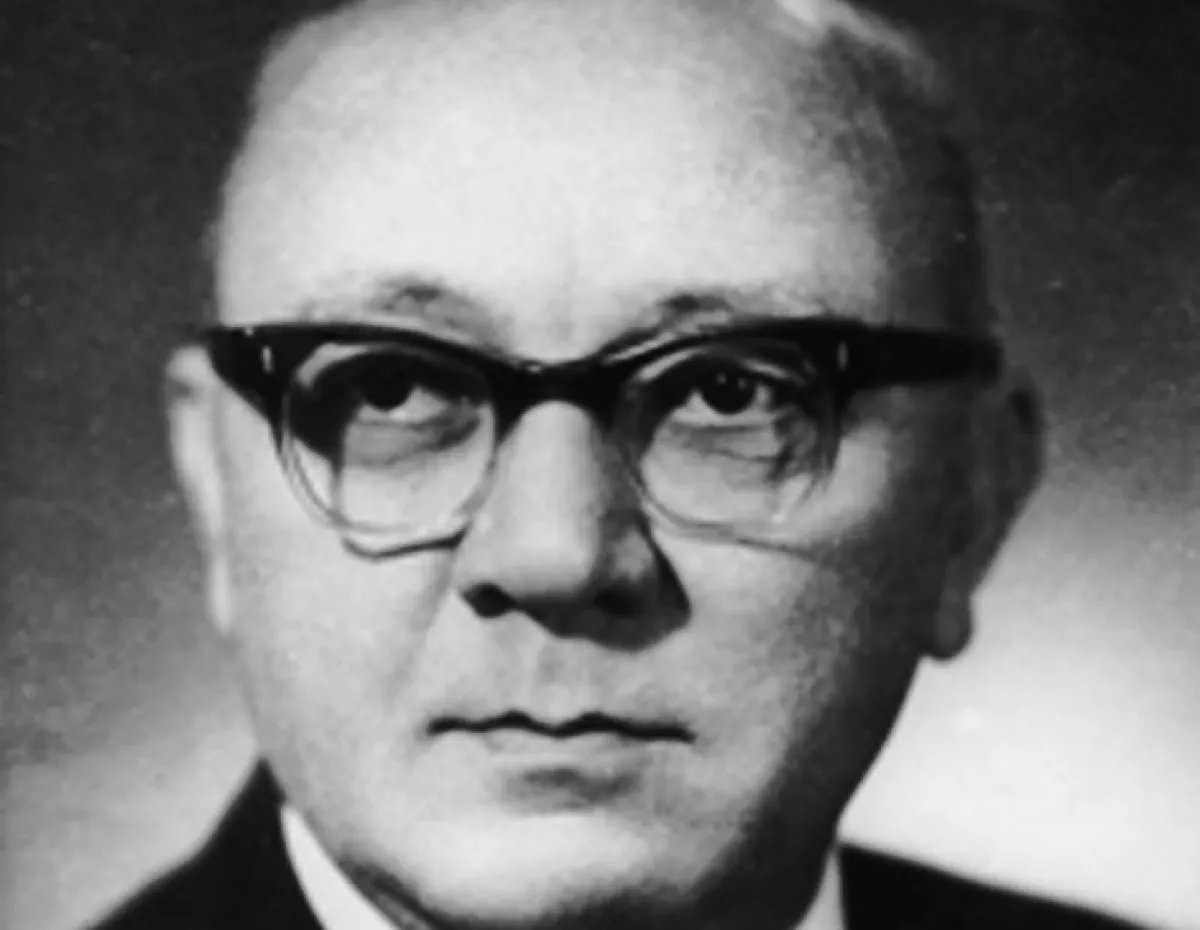
Anvar Gasimzade is a name that rightfully holds an honoured place in the history of Azerbaijani architecture. A Merited Builder of the Azerbaijani SSR and a corresponding member of the Academy of Sciences, he was an architect with a broad intellectual outlook and a refined sense of form. He was born in 1912 in Salyan into a respected family. His father, Ali-bay Gasimov, taught Russian language and literature, which played a significant role in shaping his son's humanistic mindset.
Even during his student years at the Azerbaijan Polytechnic Institute, Gasimzade began working at “Azgosproekt”. He graduated in 1936 and embarked on his professional journey. During the war against fascism, he served in the 6th Guards Division under the command of General Chuikov, making the difficult journey from Gusar to Berlin. He was awarded four Orders — the Order of the Red Banner, the Order of the Red Star, and the Orders of the Patriotic War, First and Second Class — as well as several medals, including “For the Capture of Berlin” and “For the Liberation of Warsaw”.
After the war, and until 1956, he held key positions in the construction sector: he headed the Architecture Department under the Council of Ministers, served as Minister of Construction, Minister of Housing and Communal Services, and First Deputy Chairman of the State Planning Committee. In 1956, after suffering a heart attack, he was entrusted with leading the Union of Architects. From 1961, he became the rector of the Polytechnic Institute, a post he held until the end of his life.
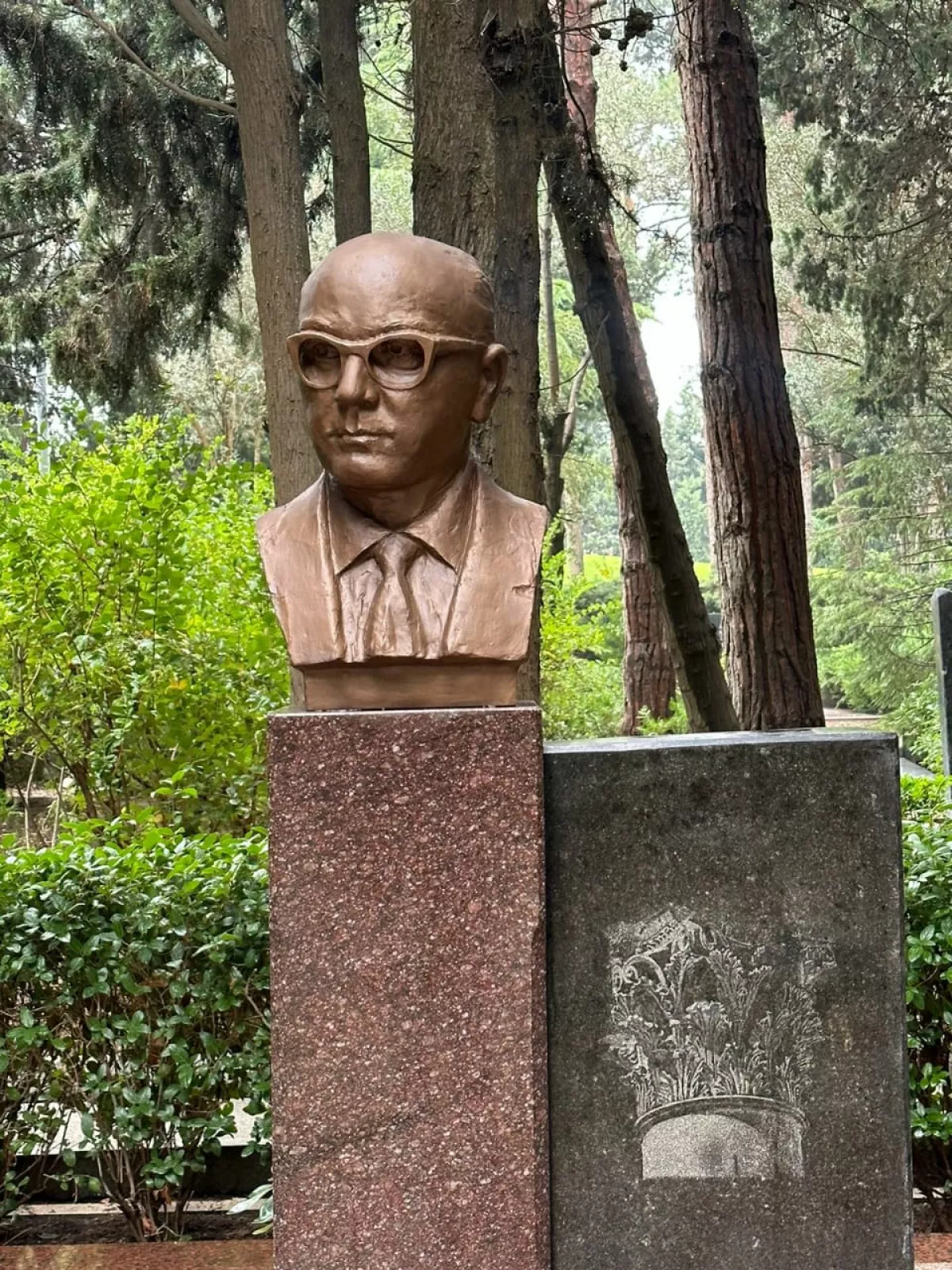
Among his architectural projects are the residential building on Azerbaijan Avenue (1949), the “Azneftproyekt” building (1956), the Ulduz metro station (1967), the Ministry of Finance building, and the main building of the Medical University. His standardised designs were implemented in Baku, Mingachevir, Khankendi, and other cities. He also made a name for himself as a researcher and publicist, co-authoring a book on Dadashov and Huseynov, and writing the monograph Problems of the Development of Azerbaijani Soviet Architecture.
Anvar Gasimzade was laid to rest in the First Alley of Honour. Streets in Baku and Salyan have been named after him, and a memorial plaque has been installed on the house where he lived. His son, Elbay Kasimzade — also a Merited Architect — continues his father’s legacy.
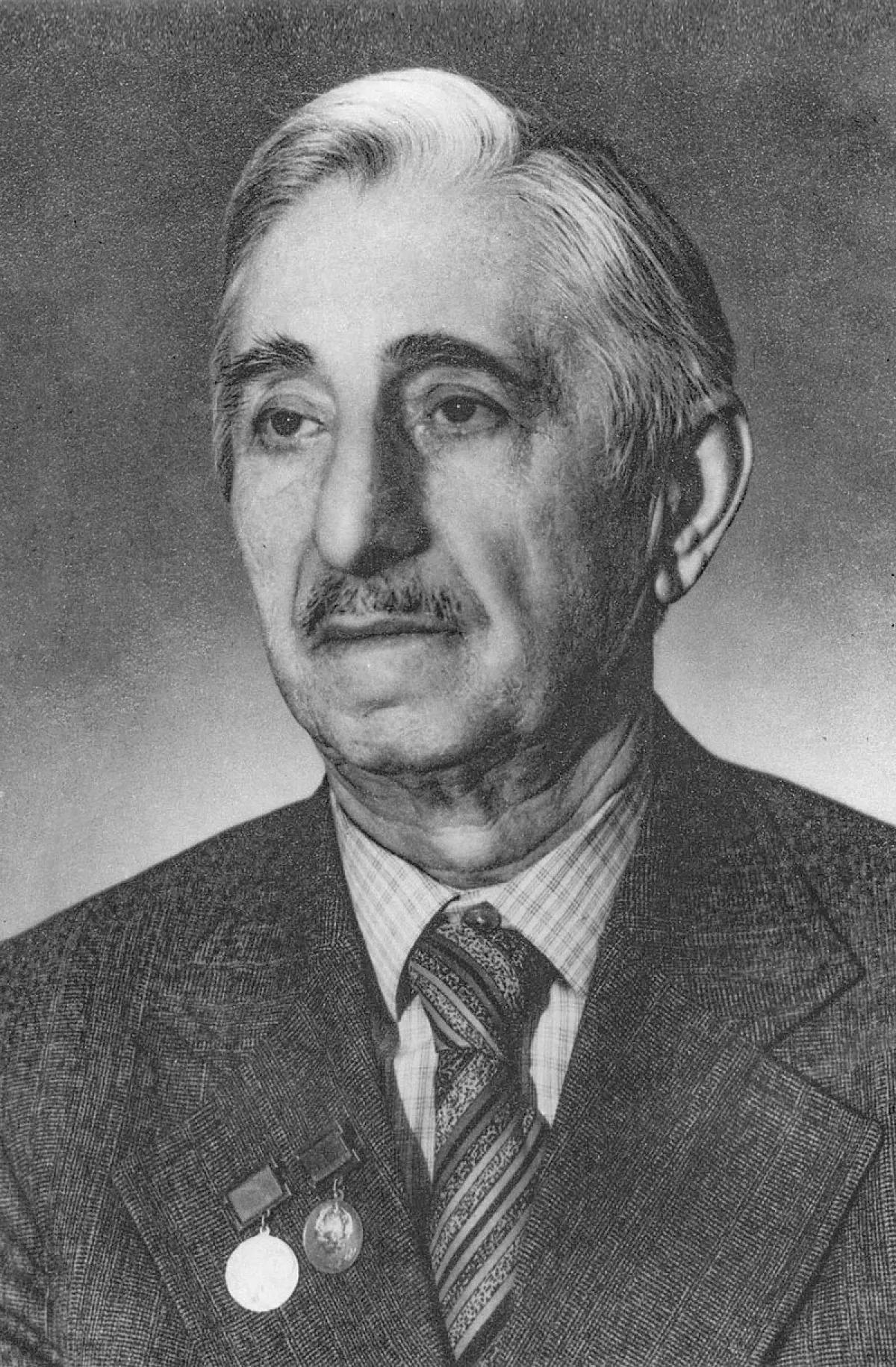
Hanifa Alasgarov was a renowned architect who led Baku’s architectural development from 1965 to 1973. He was born in 1912 in Baku into a teacher’s family and graduated from the Faculty of Architecture at the Azerbaijan Industrial Institute in 1936. In 1939, he became head of the Urban Planning Department at the State Design Institute (Gosproyekt).
Alasgarov took part in developing the master plans for Lankaran (1947) and Zagatala (1949), and designed buildings in Ganja, Shusha, and Baku — including the Gara Garayev metro station (1972, co-authored with A. Huseynov), as well as administrative, educational, and resort facilities. In 1965, he headed the Main Department for Baku’s Planning and contributed to the creation of a new master plan for the capital, as well as a regeneration project for Icherisheher (the Old City). He was also behind the reconstruction design of Nizami Square.
He served as Deputy Head of the Architecture Department and Deputy Chairman of the State Committee for Construction (1948–1958), and authored over 50 scholarly publications. A laureate of both the USSR and Azerbaijani SSR State Prizes, a street in Baku’s Nasimi district now bears his name.

Hasan Majidov was a prominent figure of Azerbaijani Soviet architecture and a Merited Builder of the Azerbaijani SSR (1960). He was born in 1914 in Baku and displayed an early interest in construction and architecture — a passion that would shape the course of his life.
From 1950 to 1954, he served as Deputy Chairman of the Union of Architects’ Board of Directors, and from 1958 to 1960, as Chairman of the Committee for Government Buildings. Between 1960 and 1978, he was Dean and Head of Department at the Polytechnic Institute.
Among his notable projects are the SGB Palace of Culture (1948), the Ministry of Internal Affairs building (1954), the Museum Centre (1955), Baku Airport (1964), the theatre in Nakhchivan (1964, in collaboration with E. Ismayilov), the Baku Hotel (1970), and the Koroglu metro station (1972). A deputy of the Supreme Soviet, he was awarded the Order of the Badge of Honour. A street in the Yasamal district bears his name, and a memorial plaque has been installed at the Museum Centre in his honour.
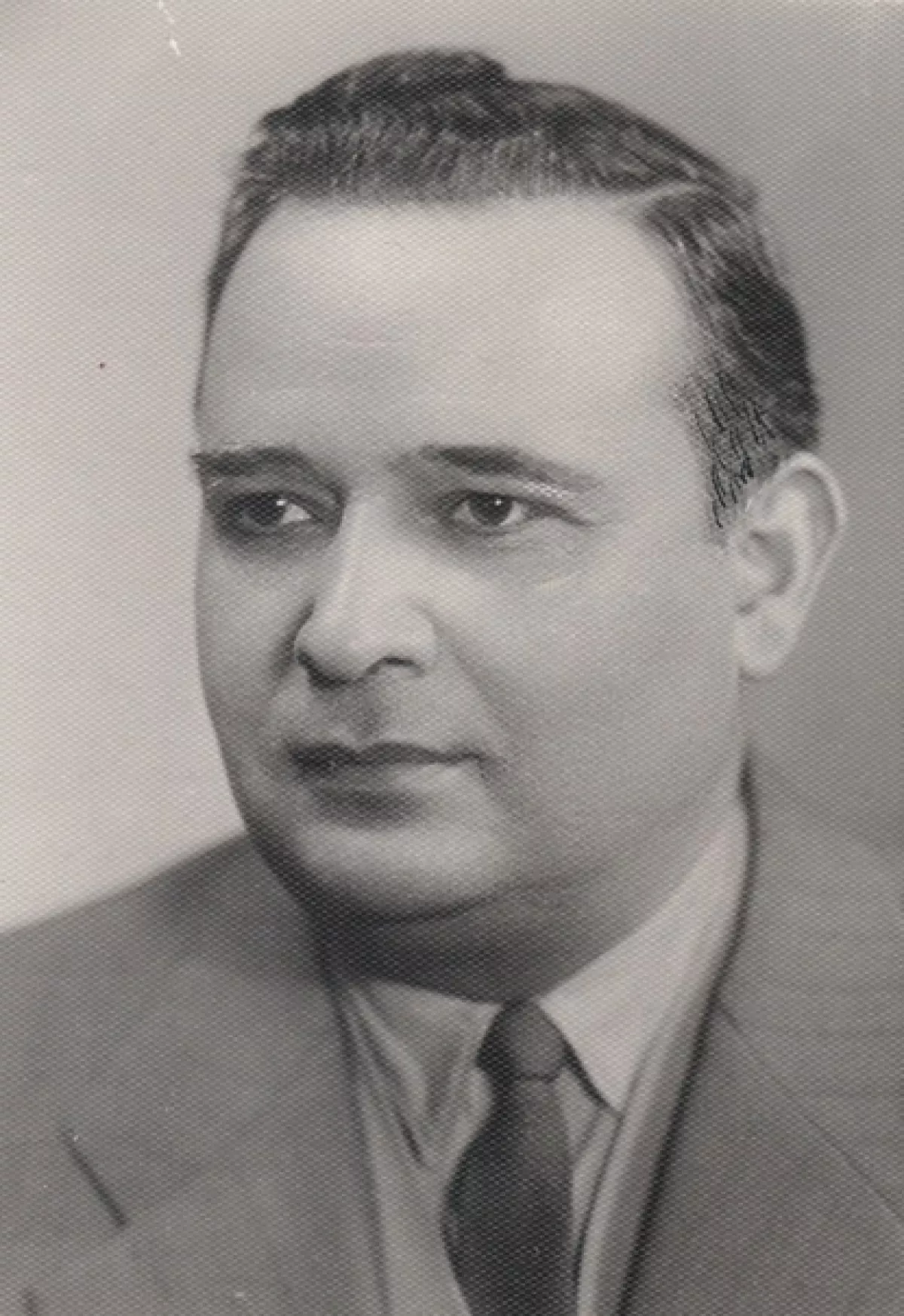
Abdul Vahab Salamzade was an architect, art historian, academician, and a Merited Builder and Honoured Scientist of the Azerbaijani SSR. He was the first to systematise the architectural schools of Azerbaijan, revealing the distinct styles of Nakhchivan, Shirvan, Arran, Tabriz, Shusha, and Sheki. He personally took part in the restoration of the Momine Khatun Mausoleum, the Yusif ibn Kuseyir Mausoleum, and the Garabaghlar architectural complex. In 1982, he co-designed the mausoleum of Molla Panah Vagif in Shusha (with A. Kanukov).
Salamzade left behind a rich scholarly legacy, including History of Azerbaijani Architecture (1963), Ajami Nakhchivani (1976), Monuments Speak (1952), and Monuments along the Araz (1979, co-authored with K. Mammad-zade), as well as studies on 16th–19th century architecture. He headed the Department of Architectural History at the Institute of Architecture and Art under the Azerbaijan Academy of Sciences and was a member of the Praesidium of the Union of Architects. A street in Baku’s Yasamal district bears his name.
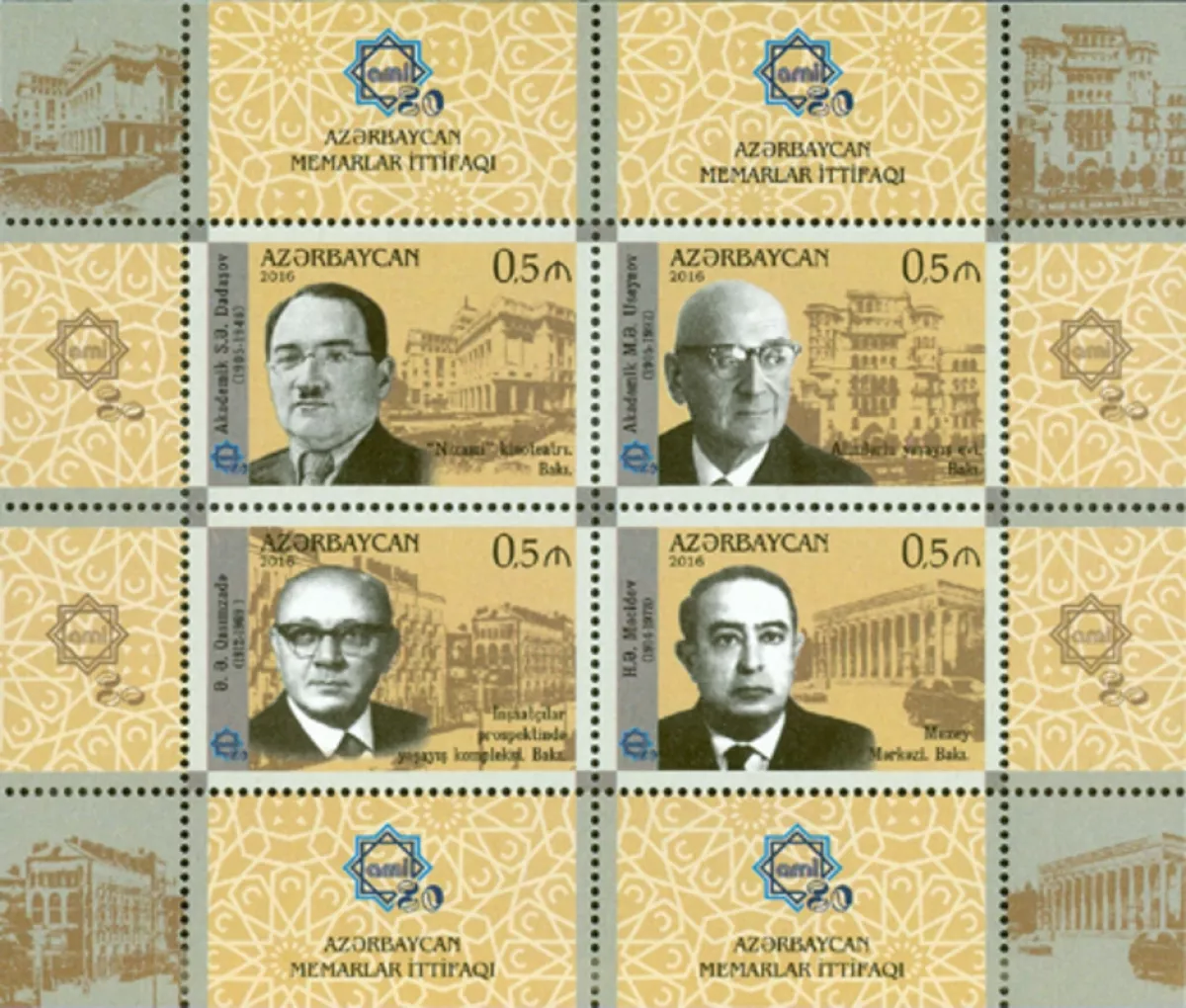
In 2016, to mark the 80th anniversary of the Union of Architects of Azerbaijan, a special series of postage stamps was issued, immortalising the names of outstanding architects and highlighting their vital role in the development of national architecture and the preservation of cultural heritage.
These architects left behind more than buildings — they captured the spirit of their time. Their legacy lives on in the urban fabric of Baku, inspiring new generations and shaping the future cityscape.
Vahid Shukurov, exclusively for Caliber.Az








